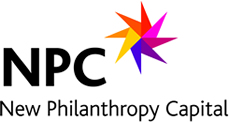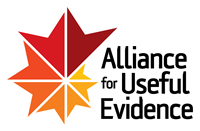Using impact data for internal decision making
Internal decision makers such as senior management teams and boards should be a primary audience for impact data, analysis, and measurement but is this really the case? On the 16th July we hosted a seminar in London to get to the root of the question.
We heard from an excellent line up of speakers, who are all championing the use of impact data in internal decision making, and had a lively discussion where challenges, tips, and success stories were shared.
Here’s our top take-aways from the event:
To measure is to manage
How can you make informed decisions about your programmes, projects and business strategy without looking at the social impact of your work? Using impact data, measurements, and analysis is fundamental to the effective management of your organisation.
Measure what is meaningful to you
Measure what matters to your staff not just your funders. In organisations effectively using data for internal decision making, staff is engaged in data collection. They understand their contribution to social impact and help affect decision making from the bottom-up.
Leadership is required throughout your organisation
Commitment to data collection, measurement, and sharing of information is required on all levels of your organisation from a project officer to a mid-level manager to the chair of your board. Having impact champions throughout your organisation helps embed impact in all levels of decision making.
You have more power than you think!
Organisations can feel constricted by reporting requirements for funders, especially when they require data that may not be the most relevant to measuring social impact. Social purpose organisations are resource constrained; it is ok to question and challenge funders on their data requirements.
It’s about quality not quantity
You can make decisions from a small data sample size - look at similar organisations and sector-wide data initiatives (e.g. Justice Data Lab) to help you draw conclusions.
Be ambitious
Look at different tools, frameworks and methods for data collection. Don’t be afraid to try innovative approaches. Capturing both quantitative and qualitative data is important.
Think “good enough”
For internal decision making you can focus more on detail and less on rigour. The data collected doesn’t have to be perfect, it needs to be “good enough” that you can start using it to make decisions.
Respect the data!
It is as just as important to look at negative impacts as well as positive impacts. Respecting and listening to data can help you make alterations to improve and could even show you an impact you never expected to have.
View more information about the seminar including speaker presentations and case-studies discussed here.
For more information about our Talking Data series including our 2014 annual conference visit talkingdata2014.org and follow #TalkingData on Twitter.





